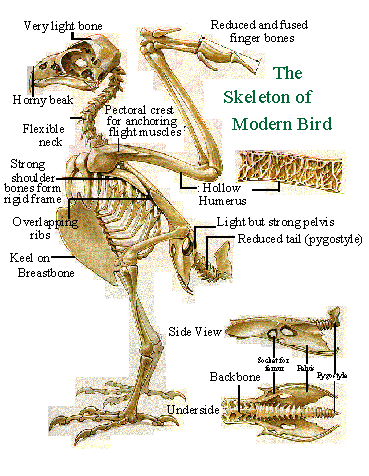
The supercontinent Gondwana broke up approximately 100 million years ago, during the late Cretaceous, and well before mammals had developed the diversity they would display in the Tertiary. Thus regions were created where large birds could flourish, and occupy ecological niches which would ordinarily be taken by mammals.
South America was isolated from the time of its separation from Africa until uplift in the Andes and a drop in sea level created the Panama land bridge, which allowed North American mammals to migrate south and displace South American fauna. Phorusrhacids and diatrymas, able to feed and nest on the ground, had no need to fly and lost whatever capability their Gruiform ancestors may have had. In compensation, they were able to grow to a large size. Even today, their relative, the seriema, is barely able to fly.
The same thing happened in other regions, in particular Madagascar, Australia, and New Zealand. A prime example of old-world flightless birds is the dodo, which is related to pigeons and doves.

When a bird species loses the ability to fly, major morphological changes occur. The muscles and bones of the wing and pectoral girdle shrink, and the keel of the sternum disappears. (All living species of flightless birds are known as "ratites", the term being derived from the Latin ratis, which means "raft". The illustration shows the skeleton of a flying bird. Note the keel on the sternum.) Feathers also degenerate. These modifications allow the bird to conserve energy, by removing the burden of useless structures.
Loss of the flight machinery occurs through neoteny. All birds possess the morphology of flightlessness at some embryonic stage. A simple alteration of one or a few genes produces flightlessness in the adult. Thus it is possible for birds such as gruiforms to lose the ability to fly in a few generations, if they are placed in an isolated environment (such as a small island) where the necessity for flight is absent.
This display presents a selection of flightless birds, both living and extinct.